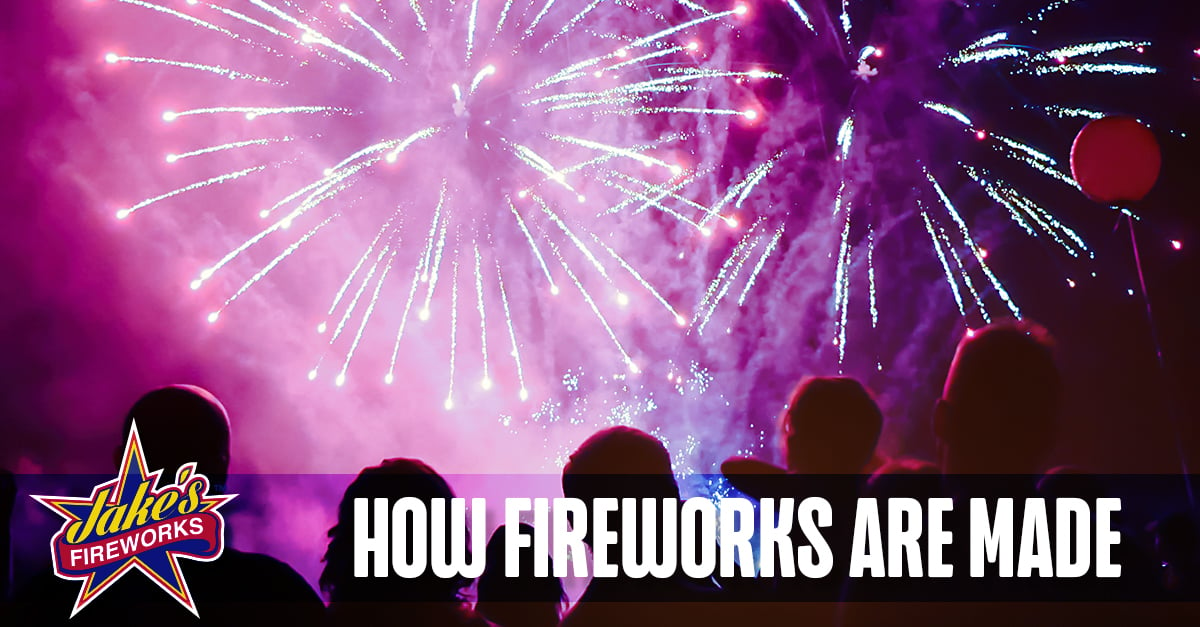Fireworks are an exciting and awe-inspiring display of light and sound. They are a staple of many celebrations, from the Fourth of July to New Year's Eve. But have you ever wondered how they are made?
The word "pyrotechnics" comes from two Greek words: "pyre," meaning fire, and "tekhnicos," meaning made by art. Pyrotechnics is the study of creating reactions that produce fire, smoke, light, and sound. It has various applications such as creating fireworks, airbags, and explosives used in mining and quarrying.
The process of creating fireworks is a complex mix of art and science. First, pyrotechnicians mix together a variety of chemicals to create the different colors seen in fireworks displays. The chemicals are mixed with a fuel and an oxidizer, which are responsible for initiating the chemical reaction that leads to the creation of fire.
One of the most important components of fireworks is the oxidizer. This chemical is responsible for releasing oxygen, which reacts with the fuel to create an explosion.
The fuel, a mix of sulfur and charcoal, is another essential component of fireworks. It reacts with the oxygen released by the oxidizer, breaking the fuel's chemical bonds and generating heat and light.
Once the chemicals have been mixed, they are formed into small pellets called stars. These stars are arranged inside a shell, which determines the shape of the firework. When the shell is launched, an electric jolt ignites the lift charge and fuse. This leads to an explosion that reacts with the chemicals mixed within each star, creating the spectacular fireworks display we all know and love.
Fun Fact!
Firework colors are created by adding metal salts to the mix. Strontium and barium salts produce red and green sparks, respectively, while copper salts create blue flames.
Did you know that Excalibur Platinum has 24 different color and effect combinations?
The creation of fireworks is a fascinating and intricate process that involves both science and art that light up the night sky. So the next time you watch a fireworks display, take a moment to appreciate the incredible science and artistry that goes into creating this dazzling spectacle.
Additional Reading:
https://science.howstuffworks.com/innovation/everyday-innovations/fireworks.htm
https://epicfireworks.com/blogs/news/the-science-of-fireworks?_pos=1&_sid=6723d29e8&_ss=r
https://www.tappsfireworks.com/single-post/2017/12/04/the-chemistry-of-fireworks




